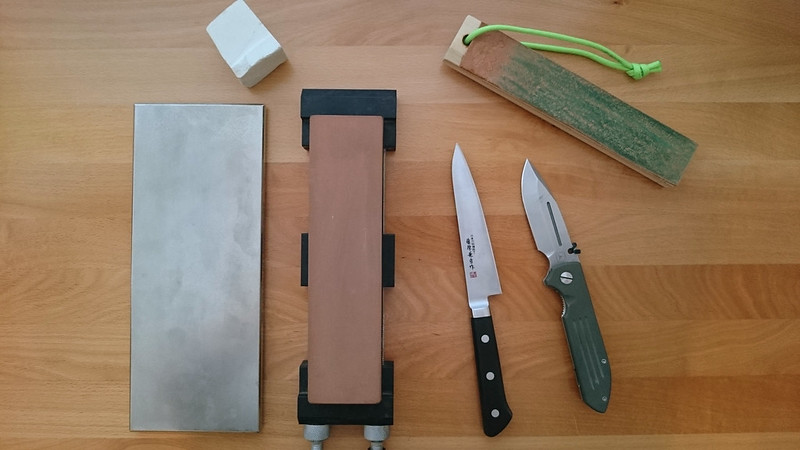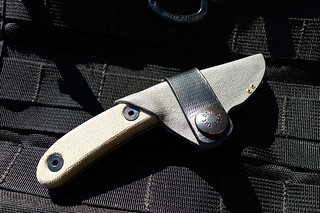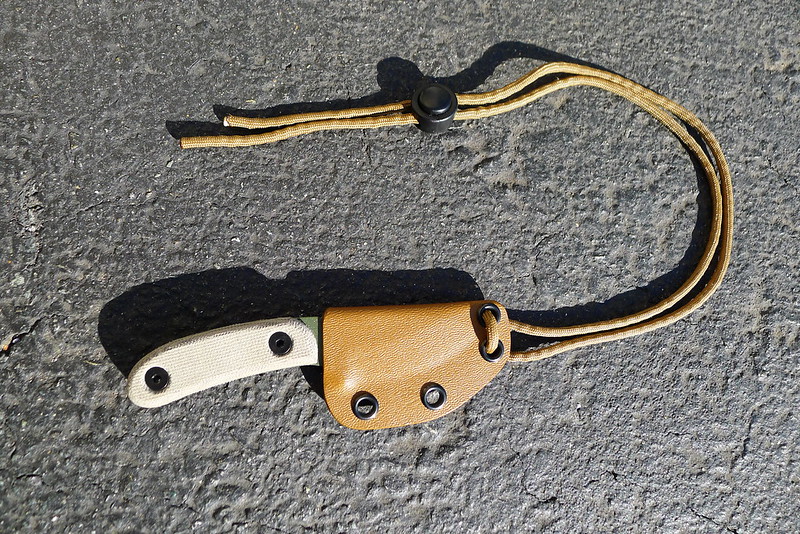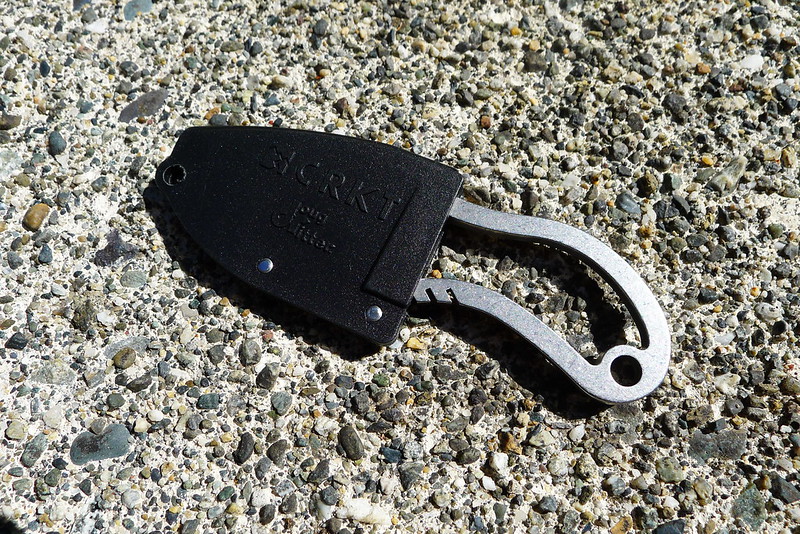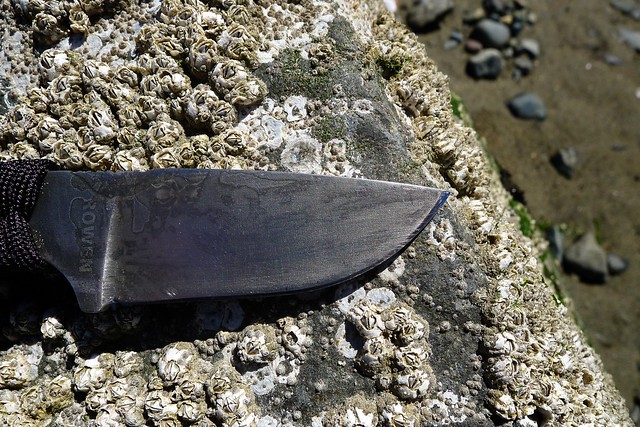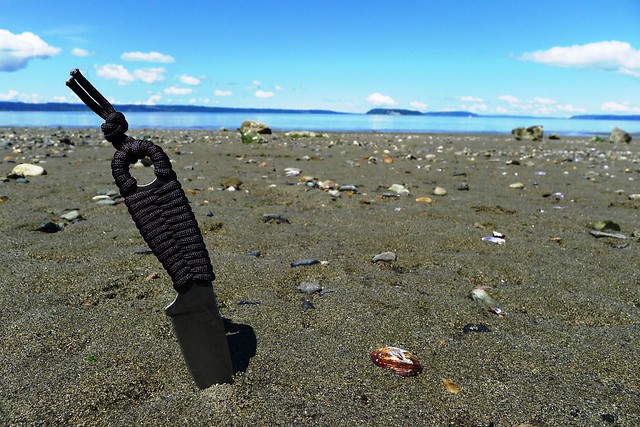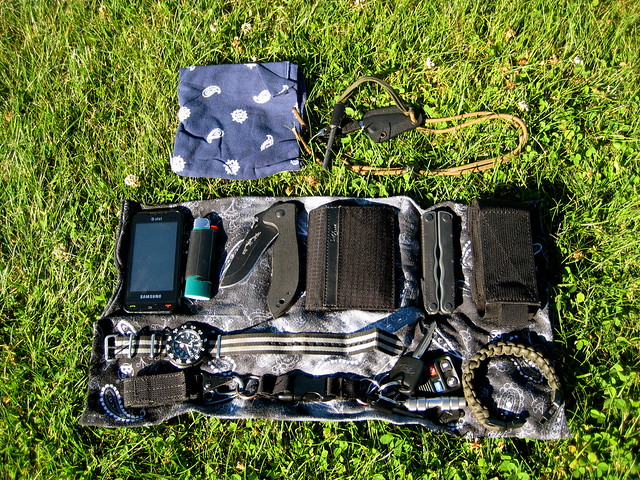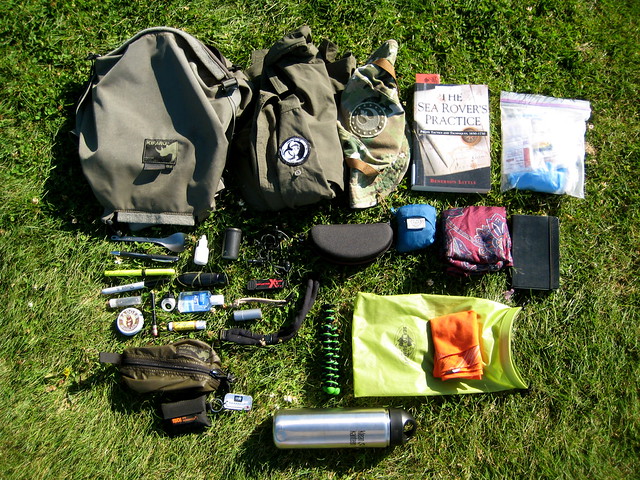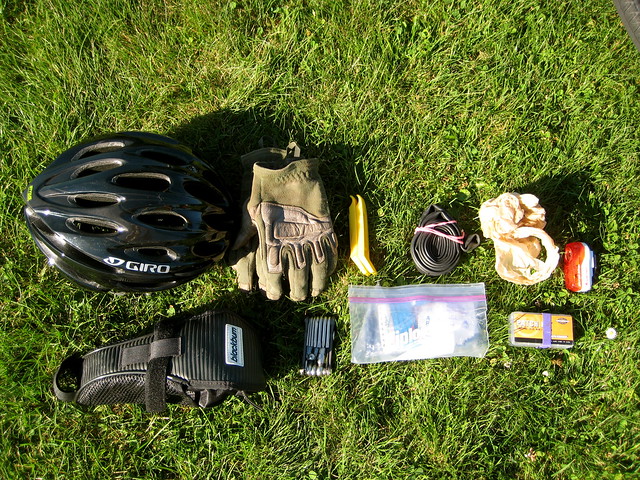Naniwa Professional Chosera Stones
I’ve used a King 1000/6000 grit combination stone as my primary home sharpening system since 2007.
Recently I bought a new set of Naniwa Professional Chosera stones. I needed to purchase a 400 grit stone to touch up a particular blade, and thought that I’d gotten enough use out of the King combination stone over the past 16 years to justify replacing it with separate 1000 and 5000 grit stones. I also purchased a Naniwa Stone Box and Stand for each of the three stones. I have a Shapton Pro 1000 that came with a similar box and have come to greatly appreciate its convenience.
The Naniwa stones are splash and go, so I do not need to plan to soak them before use. Because I store them in a case that also functions as a stand, I don’t need to think about digging out my stone clamp. The case also allows the stones to dry. When I’m done I can just rinse the stones off, pat them dry, and toss them back in the case until next time. I store the Naniwa stones on a shelf in my kitchen, not far from the strop. All of this reduces the barrier to sharpening, thus increasing the likelihood of sharpening.
In the past I’ve noticed that I will sometimes think I ought to sharpen a knife, but will procrastinate due to the need to dig out the supplies and soak the stones. With this new setup I can start sharpening within a few seconds of having the thought.
Thus far I’ve found the Naniwa stones to work faster than my others. I don’t know if that is because they are still new, or if they will retain that advantage throughout their life. This new setup isn’t cheap, but so far I’m glad I acquired it.


